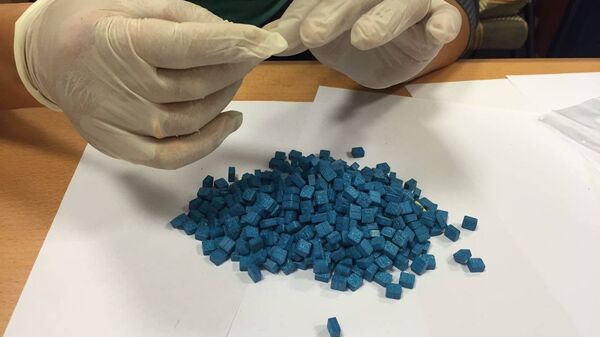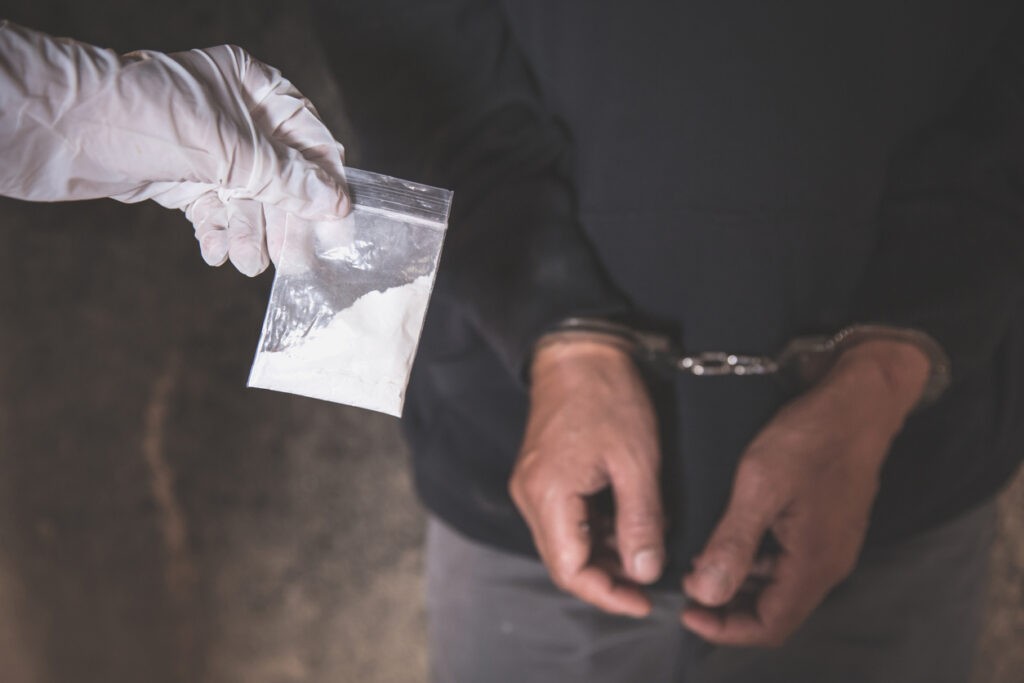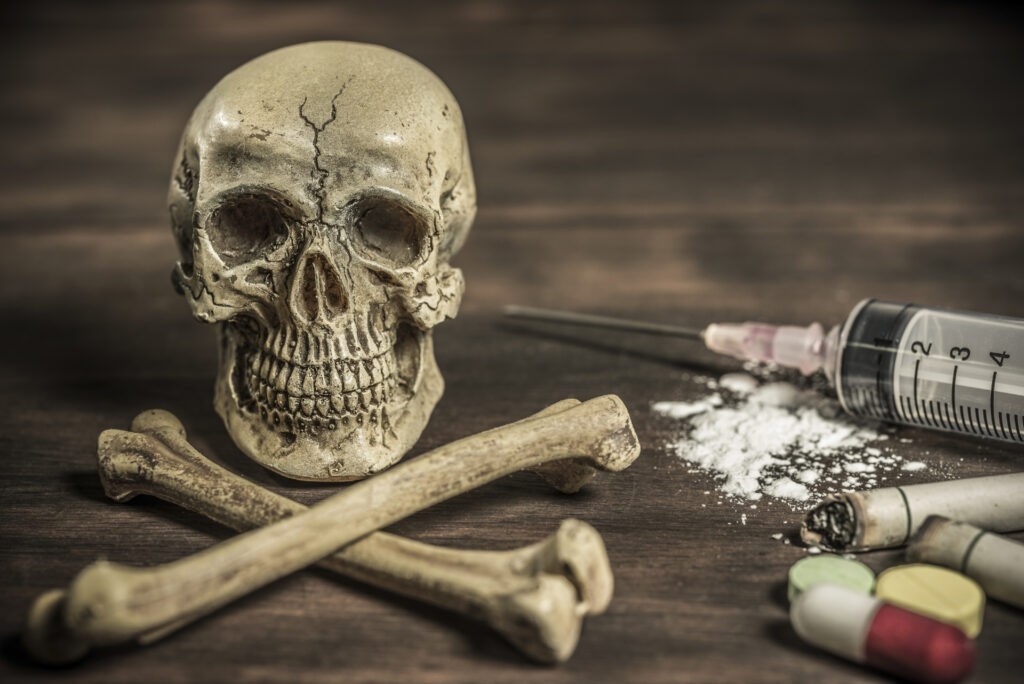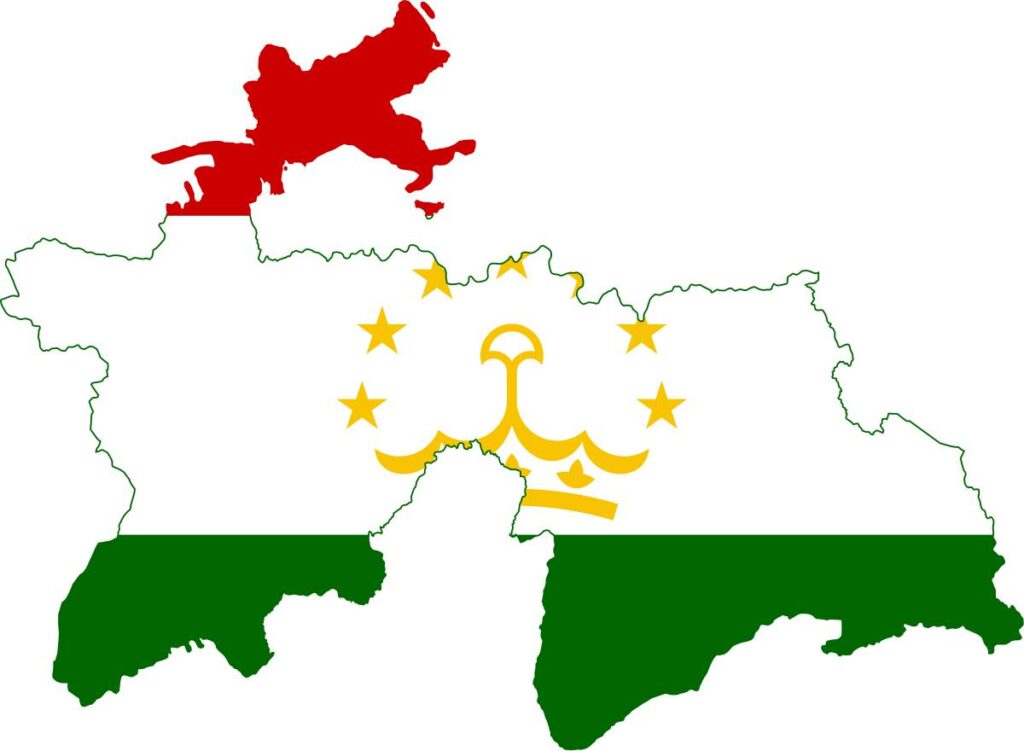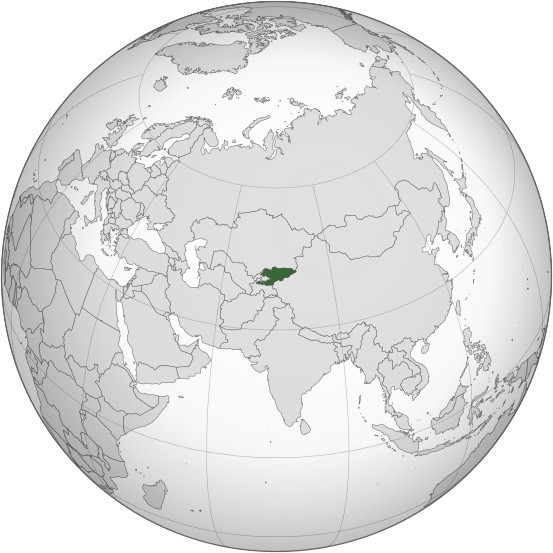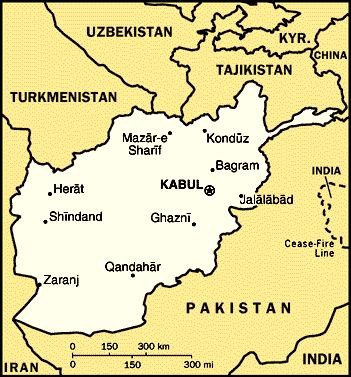Kazakhstan Proposes Life Imprisonment for Drug Traffickers
Kazakhstan plans to toughen punishment for drug traffickers by introducing the possibility of life imprisonment for convicted dealers. Legislative amendments have already been presented in the Majilis (lower house of parliament). Kazakhstan has become the center of synthetic drug production in Central Asia, member of parliament Dmitry Koloda said. Drug traffickers, he says, have become more creative in recent years and have established several new transportation networks. However, existing laws don't provide for criminal liability for the trafficking of components inside the country. "Law enforcement's hands are tied. In fact, they are forced to wait for drug traffickers to proceed directly to the 'cooking' of drugs. Otherwise, the case will have no judicial perspective," said Koloda. The bill also proposes strengthening criminal liability for trafficking in potent substances, such as tropicamide and pregabalin. Those narcotics are popular with drug addicts, including teenage users. Kazakh parliamentarians have introduced amendments that seek to equate illegal drug production with the most dangerous types of drug offenses. The punishment for that level of serious crime is up to life imprisonment. Currently, drug couriers and drug producers are prosecuted under the same article, with sentences ranging from 10 to 15 years, plus confiscation of property. The bill will differentiate and define criminal liability more specifically. Over the past year alone Kazakhstani police have disrupted and dismantled three transnational criminal groups specializing in the production of synthetic drugs. More than a ton of narcotic drugs were seized during those operations.
